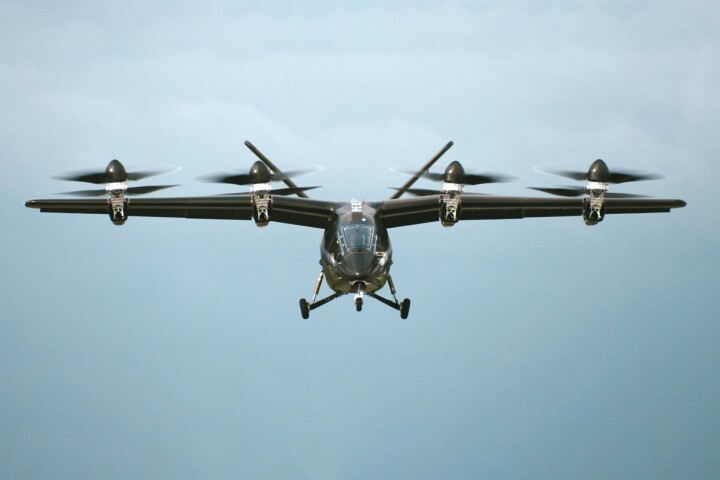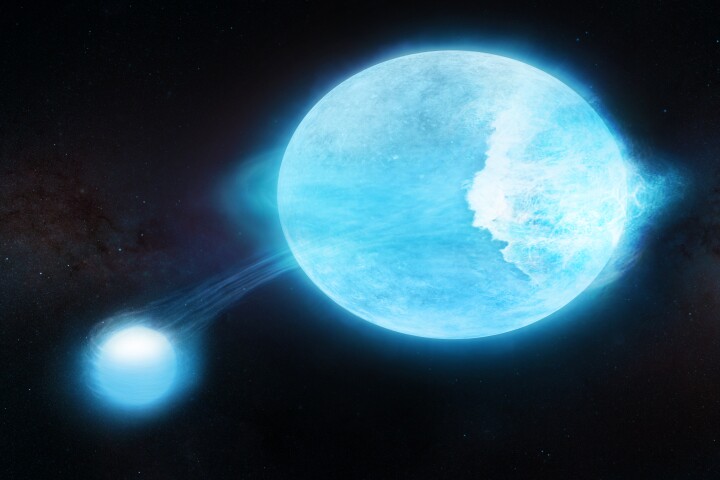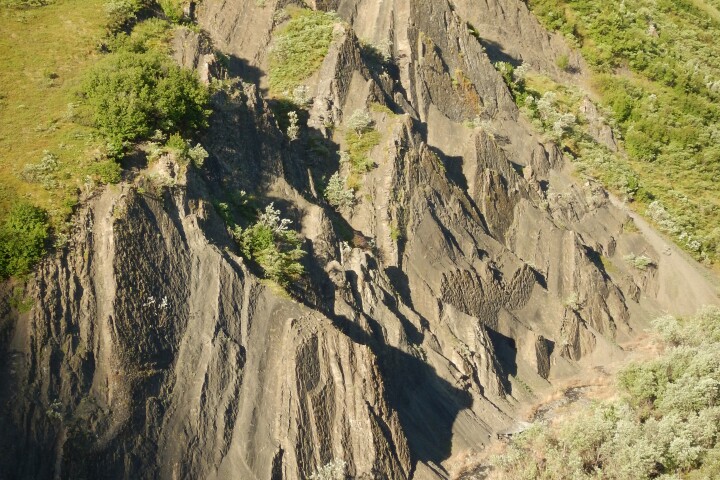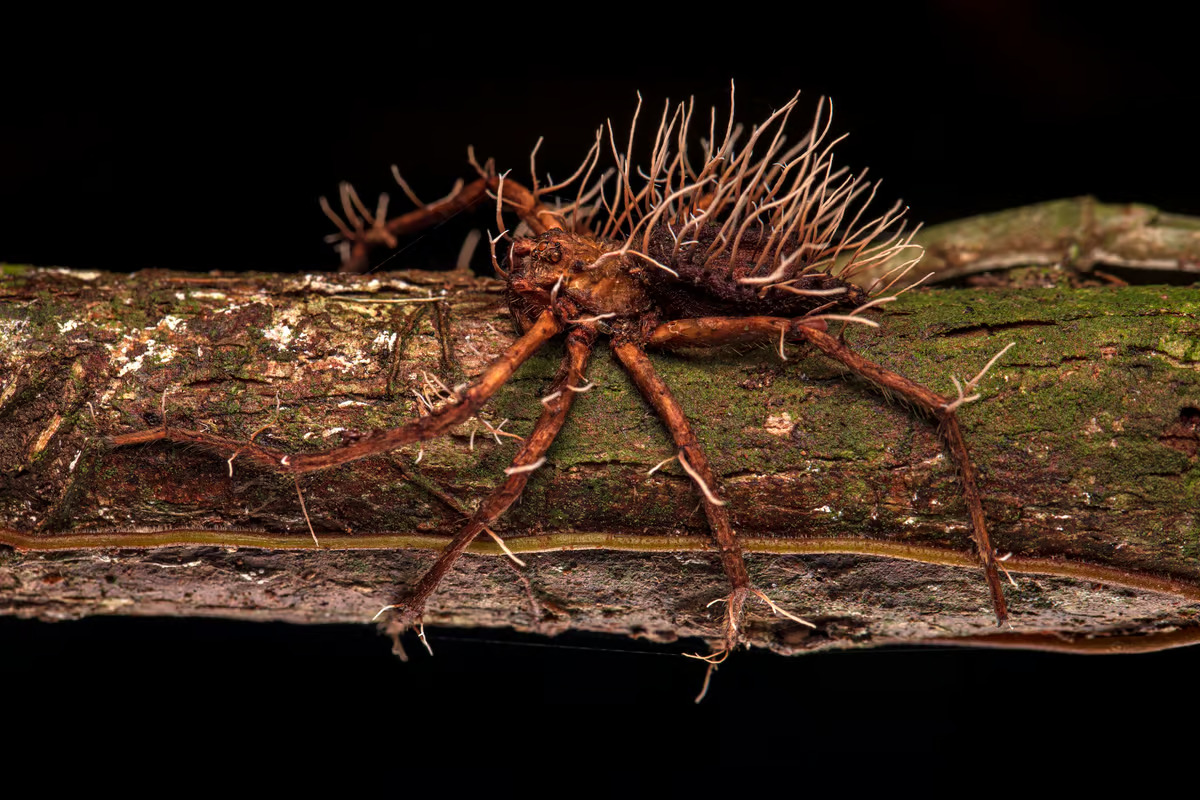 A spider seemingly defeated by a parasitic fungus. Roberto García-Roa, who won another category, scored the runner-up in the “Plants and fungi” category with this image. Roberto García-Roa View gallery – 9 images
A spider seemingly defeated by a parasitic fungus. Roberto García-Roa, who won another category, scored the runner-up in the “Plants and fungi” category with this image. Roberto García-Roa View gallery – 9 images
–Bronwyn Thompson
2023 Aug 17
In the third BMC Ecology and Evolution image competition, a stunning snap of the invasive orange pore fungus (Favolaschia calocera) has not just encroached on native species’ territory but taken out the top spot in the annual contest.
It also sums up the essence of the awards, which is now in its third year and draws from the many incredible images captured during studies and submitted to the journal BMC Ecology and Evolution. Its creation was to inspire ecologists, evolutionary biologists and and paleontologists to get creative while doing their vital research, uniting art and science.
“Judging the many remarkable images submitted to this year’s competition was a rewarding and challenging experience,” said editor Jennifer Harman. “The winning images were selected by our senior editorial board members as much for the scientific stories behind them as for their artistic qualities.”
This year, the four categories were: “Research in action”, “Protecting our planet”, “Plants and fungi” and “Paleoecology.”
The overall winning snap was captured by Cornelia Sattler, from Australia’s Macquarie University, whose image not only captures the beauty and resilience of nature, but the ecological and evolutionary fight species have in the name of survival.
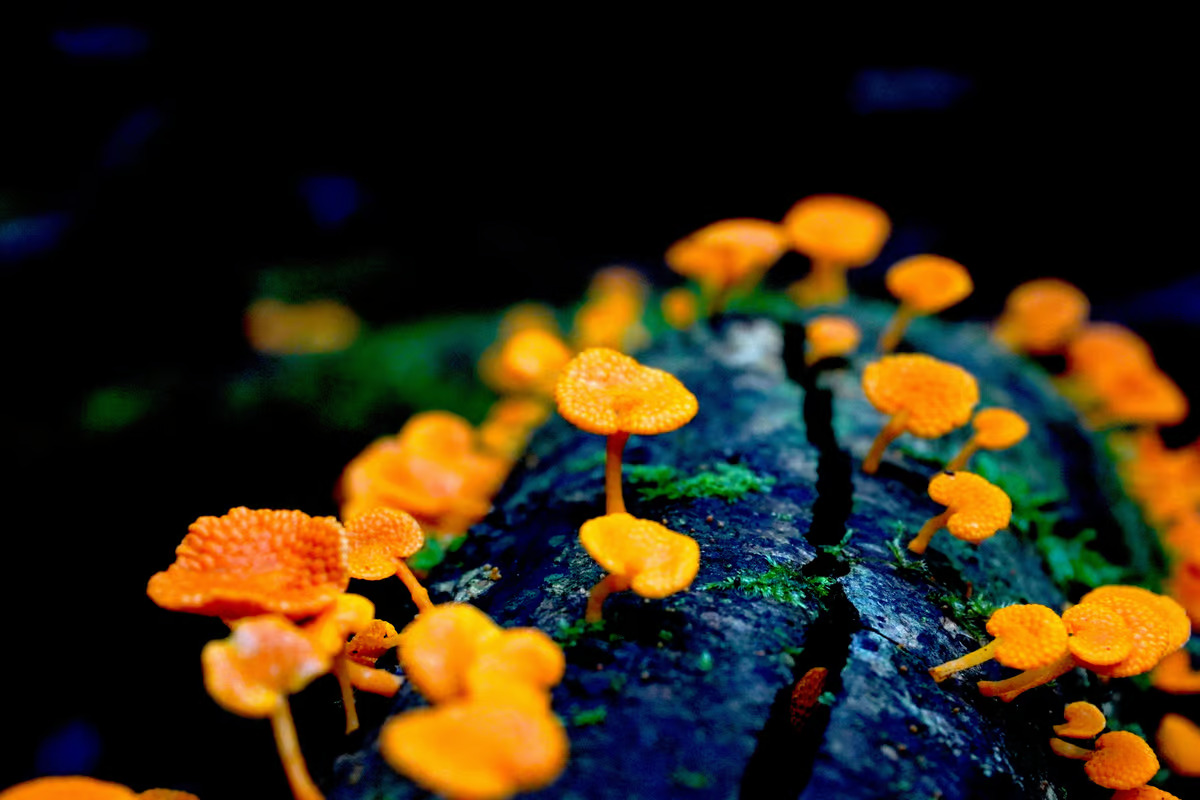
“Despite its innocent and beautiful appearance, the orange pore fungus is an invasive species in Australia,” she said. “This species is displacing other fungi and spreading throughout the Australian rainforest. The bright orange fruiting bodies typically grow on dead wood and can spread through spores, often transported by humans.”
BMC Ecology and Evolution senior editorial board member Arne Traulsen added: “Cornelia Sattler’s image allows us to peek into the world of fungi, organisms that are fascinating and yet underappreciated and understudied.”
João Araújo from the New York Botanical Garden took out the “Planets and fungi” category, with his dramatic snap of a fungus parasitizing the fruiting body of a zombie-ant fungus. Zombie-ant fungi force infected ants to migrate to locations ideal for the fungi to proliferate, and when they’re done with their host will use their dead body for nutrients.
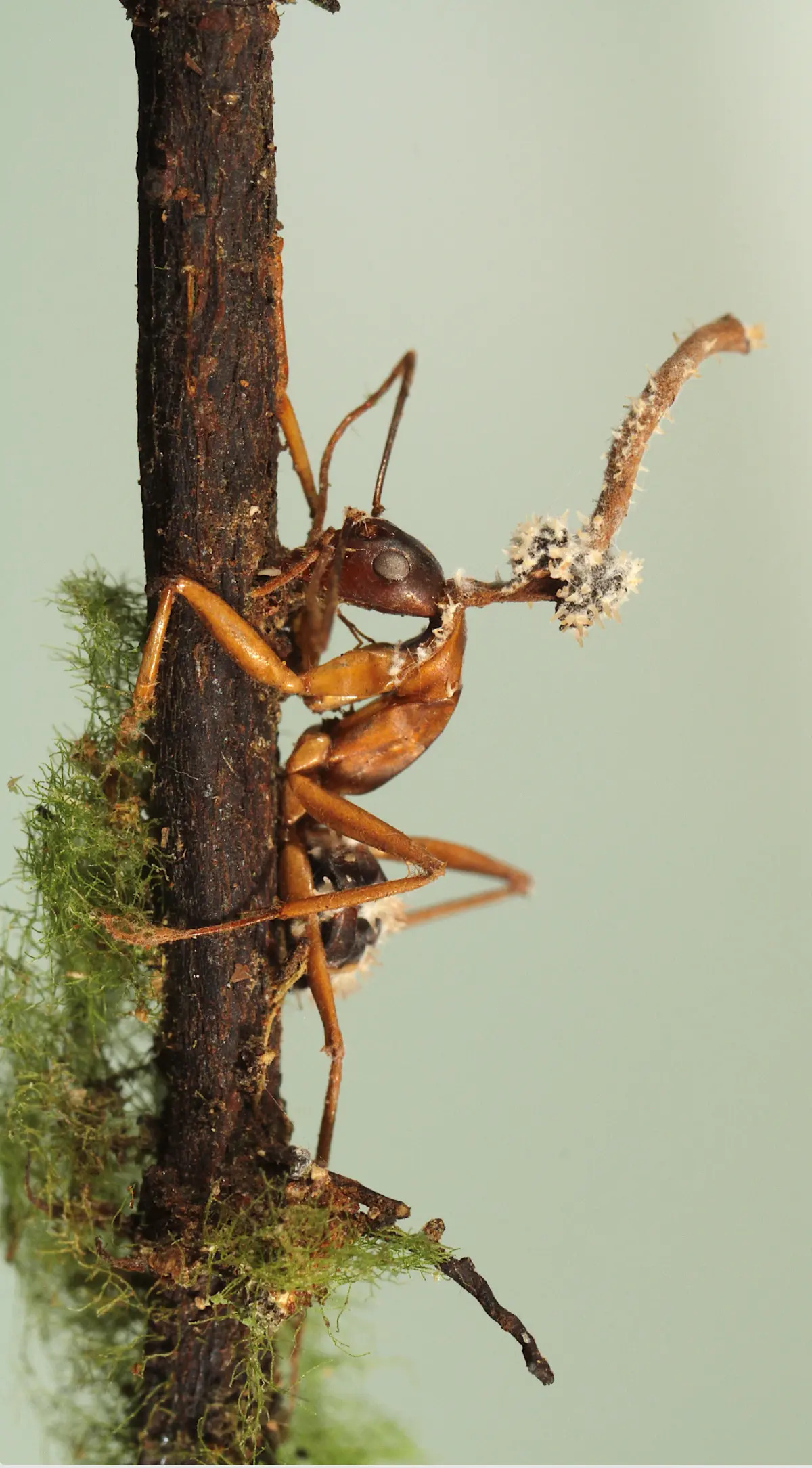
“Zombie-ant fungi are found in forests all over the world, however, the forests they inhabit are also shared with fungi that can parasitize, consume and even castrate them,” the photographer said. “Scientists have only recently started to catalogue and describe these fascinating fungi that can kill other fungi.”
The winner of the “Paleoecology” category was submitted by Jordan Mallon from the Canadian Museum of Nature and was created by Wenyu Ren from Beijing, China.
The image is a startling depiction of an embryonic hadrosauroid – duck-billed dinosaur – developing within an egg from China’s Upper Cretaceous red beds, dating back 72-66 million years.
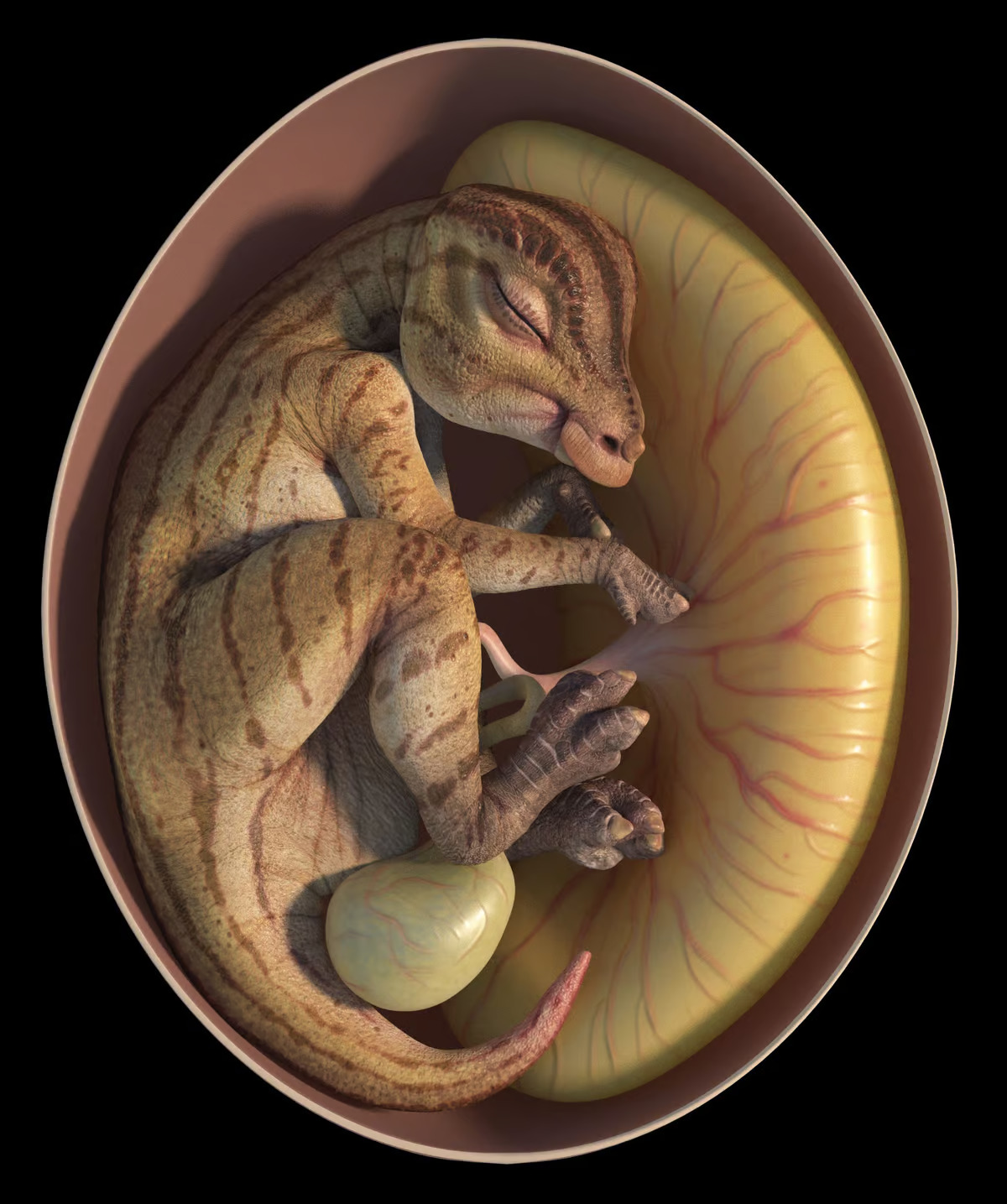
“The relatively small size of the egg and the unspecialized nature of the dinosaur embryo developing within it suggests that the earliest hadrosaurs were born immature and helpless,” Mallon said. “Over time, hadrosaurs began to lay larger eggs, indicating that their young may have been born at more advanced stages of development and required less parental care than earlier hadrosaurs.”
The “Protecting our planet” winner was Roberto García-Roa from the University of Lund, Sweden, who captured an image of a sustainable beekeeping project at the Chimpanzee Conservation Center in Guinea. The program educates locals about deforestation and encourages them to make their own honey. A portion of the profits then go towards chimpanzee conservation.
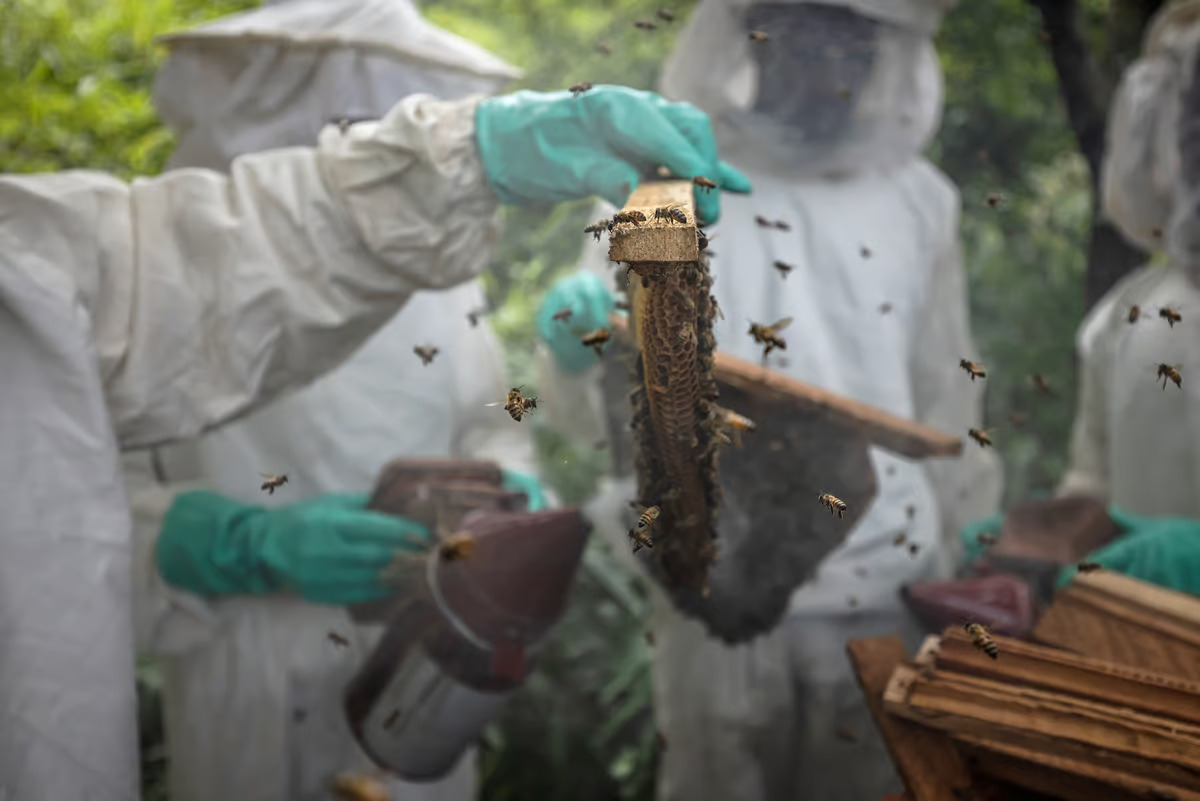
“This photo shows how very different aspects of wildlife conservation can be combined into win-win situation that helps simultaneously protect our planet and empower local communities,” said Josef Settele, senior editorial board member.
García-Roa won the overall competition in 2022, with a science-fiction-like image of another parasitic fungus shooting out of the body of its hapless victim, a fly.
Finally, Victor Huertas from Australia’s James Cook University took out the “Research in action” category with an image of a remotely operated vehicle being deployed at Coral Sea Marine Park. The device, which surveys oceans at depths humans can’t reach, has given scientists invaluable knowledge into fish range and behavior, and has discovered new species in reefs and expanded the known geographic range of multiple fish species.
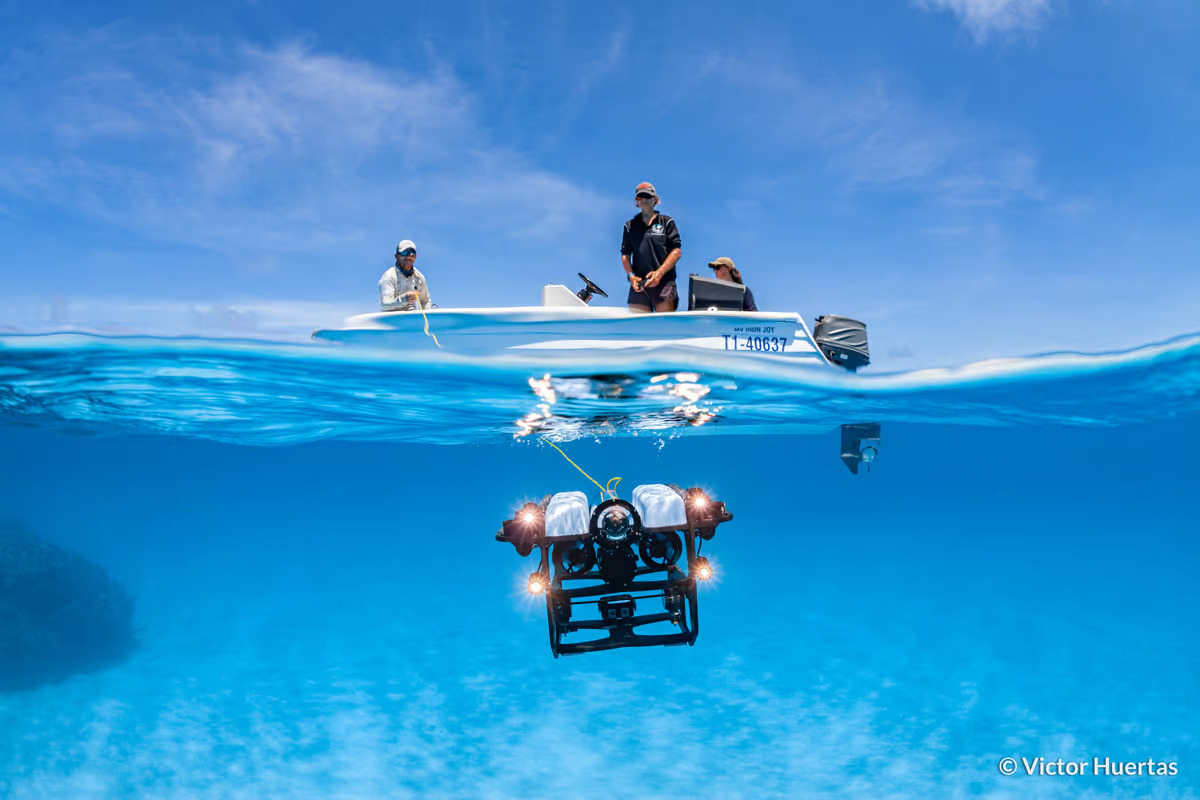
“This photograph captures the essence of ecological study,” said Luke Jacobus, another senior editorial board member. “It showcases sharp imaging and good storytelling and invites us to be curious about our dynamic world.”
See all the winners and runners-up in our gallery.
This was published in the journal BMC Ecology and Evolution.














